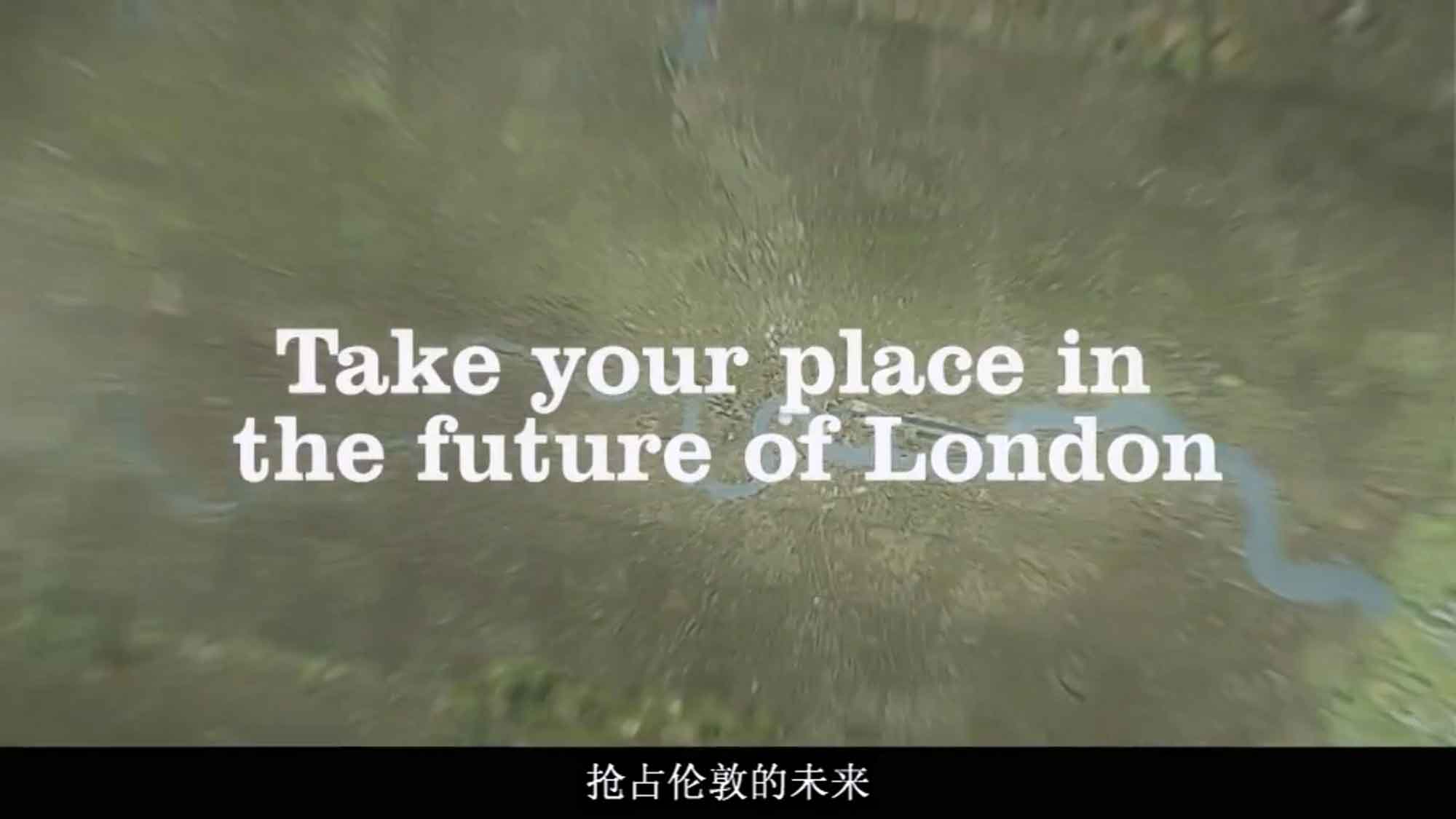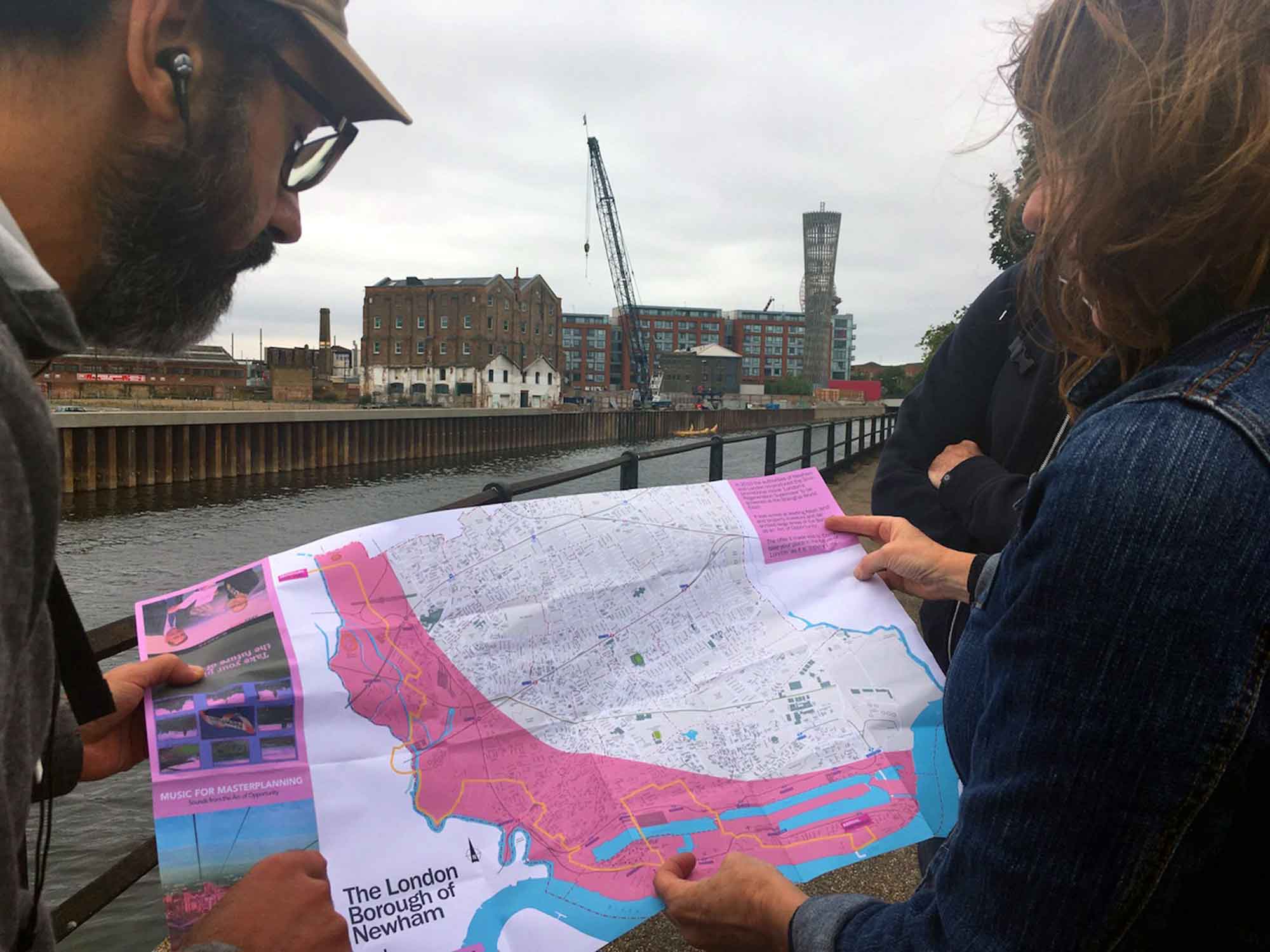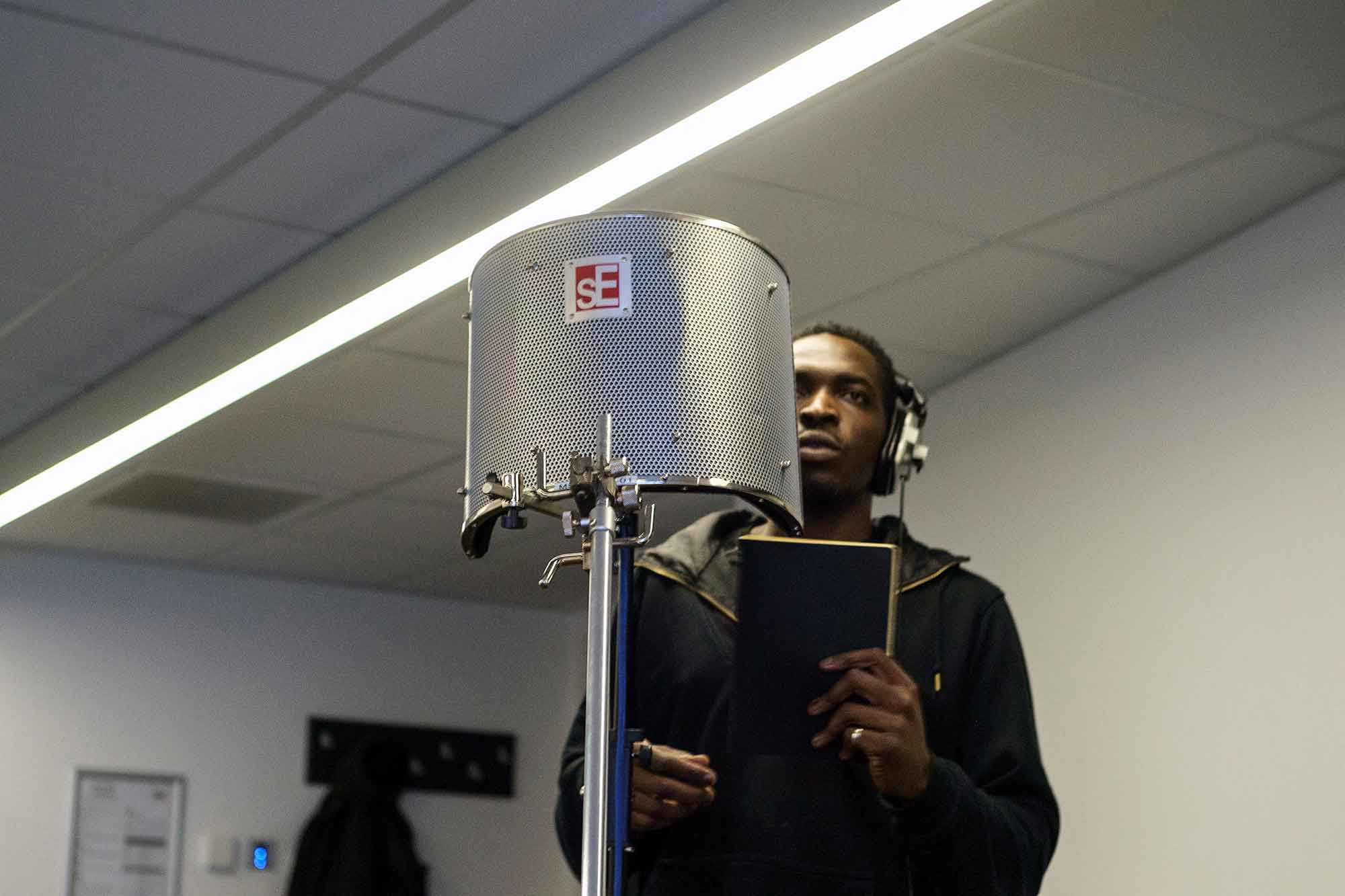- Login
Critical Spatial Practice






My work is located in this messy and vulnerable intersection between art practice and urban culture, looking out for dormant areas and vacant discursive spaces into which art may still be able to play unscripted roles for a limited time.
In 2010, the now-defunct London Development Agency (LDA) and the London Borough of Newham, jointly produced a promotional movie called ‘London’s Regeneration Supernova’, to be screened at the Shanghai World Expo 2010. The aim of the film was to highlight land and property market opportunities for investment in the area of the borough described as an ‘Arc of Opportunity’, stretching from Stratford, through Canning Town, Custom House and the Royal Docks.
After the 2010 event, the ‘Regeneration Supernova’ movie disappeared from the public sphere, never to be seen again, until 2012 when I made a specific FOI (Freedom Of Information) request to the London Borough of Newham.
The recovered movie was silent but the absence of sound for such an important piece of promotional marketing urbanism and top-down narrative of place opened the conceptual space for the Music for Masterplanning project.
The Music for Masterplanning project was conceived to recapture the meaning of ‘Opportunity’ promoted in the ‘London’s Regeneration Supernova’ video, and to explore its disruptive possibilities in reverse, by rewriting its soundtrack through many different approaches collected within the boundary of the ‘Arc of Opportunity’ from those who actually live, work or play in it. These are now collected into a musical compilation that is freely available on Soundcloud and Bandcamp.
Music for Masterplanning is a project about place, people and music in Newham, London that aims to interpret the ways in which visual languages of affect are central to the pre-designing of the contemporary global city as shaped by incoming investments. It is about how places are turned into simple stories for packaged investment opportunities, how people living in those places relate to those stories and how music can tell different stories in many different ways.
The Music for Masterplanning compilation is a real playlist for a fictional planner in Newham, an intractable and incoherent musical narrative of people in and out of place, increasingly made to feel culturally exotic within the place they inhabit, at odd with the narrative of the place they occupy and dwell into.
A book from the project, titled Regeneration Songs: Sounds of Opportunity and Loss from East London has been published by Repeater Books in September 2018 responding to the themes raised by the project and including contributions from a diverse range of writers – journalists, academics, artists and urbanists; new arrivals, interested visitors and east London locals.
Alberto Duman is an artist, university lecturer and independent researcher whose work is situated between art, urbanism and social practice. He is a Senior Lecturer at Middlesex University and he runs the BA/MA Fine Art and Social Practice with Loraine Leeson. He has published papers, articles and artworks in books and journals, as well as publishing his own photographic books. Between 2013 and 2015 he led the Bartlett’s DPU London Summerlab. In 2016 he was the Leverhulme Trust artist in residence at University of East London UEL with the project Music for Masterplanning in Anna Minton’s MRes Arch Course ‘Reading the Neoliberal City’. The book from the project ‘Regeneration Songs: Sounds of investment and loss from East London’ is now out on Repeater Press. Most recently he has delivered in multiple sites and situations the workshop ‘Talking Ghosts: a collaborative hoarding novella’ in which participants write together whole scripts for new development hoardings in London. Since 2014 he is also working as part of the DIG Collective.
When I was looking for meaningful ways to describe what I was trying to do –and intentionally setting out some distance from other descriptions I felt partial or insufficient- I vividly remember stumbling into the concept of ‘critical spatial practice’ sometimes in the early 00s, by way of bridging other writings on social aspects of the city and non-gallery based approaches to art. The convergence of those three words (critique/space/practice), joined into a specificity of place, meaning of approach and purposeful action seemed to mean all that I couldn’t figure out from the word ‘art’ or any other art genres vocabulary that kept being wrapped around my intentions. The possibilities opened up by that encounter with language at its most generative level summoned courage and a willingness to exist in a tradition of work that suddenly became visible and productive and still propel my practice in all its aspects. Thanks Jane, that was you and still you are.
A necessary disclaimer: As I answer this most difficult of questions, I’m becoming frustrated with the temptation of the ‘best films/best art’ online memes which are a necessary but disastrous ‘digest’ phenomena derived by the impossibility of our oracular devices to filter the everything unless it is presented into a hierarchical search return. But it is also a resistance that has to be laid bare in its economical necessity: I hate it because it forces me to the arbitrary and the temporary recollection, against the everythingness that is exactly the beauty I receive from all that stands behind the Oracle’s deliberation and urge to order. So here we are: ask me tomorrow and the algorithm would have changed the possible results of the ‘3 best’ questions!
Walter Benjamin, Illuminations, 1999, Penguin.
The irksome and the neglected have their own mythology and powers to attract because of their not-yet aura, spelling out a sense of discovery that perhaps belongs only to those who resist being found themselves, for a variety of reasons between the recalcitrant, the awkward and the embattled. So yes, it is easy to hear Benjamin’s name and feel both glorious and contrived; but Benjamin’s “fondness for what was off the beaten path,” what — in the cultural domain — had “not yet been ground to bits by the official life of spirit.” remains a life teaching worth of its possible pitfalls and every time a new important line of thought or significant event emerges in my view I’m always reminded of the need to look at the reflection of its emergent status, and his heeding to pay attention to ‘the fiery pool reflecting it in the asphalt’. An endless pedagogic value spills out from this source and returns its value in the most unexpected times, such as the present, where the understanding of the currency of the ‘immaterial’ finds Benjamin’s thoughts on the ‘messianic’ truly…well, prophetic!
Robert Smithson, The Collected Writing, 1996, University of California Press.
Inspiring: ‘arouse, galvanise, stimulate, breath in’. I had it all through Smithson’s work since I first encountered it in the early 90s as a late learner. Even with all re-post-infra-extra-contextualisation (!) necessary to bring his work and thinking into dynamic contexts of practice, research and pedagogy with clarity rather than obfuscation and canonization, what still remains of Smithson’s thinking –at times more than his actual practice- is a message that to wish to remain an ‘artist/practitioner’ despite it all in difficult times is more than bloody-minded retreat, refusal to confront/see or calculating withdrawal. Who knows how perhaps he would have spoiled it all by staying alive a bit longer and seeing it through, but this is what happened and its allure is in part given by its terminal status and the powerful spectrality of his presence in our thinking.
Gregory Sholette, Dark Matter
When during the last 10 years I needed an explanation of the ‘now’ -and more importantly the ‘now what?’- in terms of decoding the development of art, its imbricated relationship with the city and the rabid ideology of urban development, Greg’s writings came to the rescue with a clarity and fearlessness that seemed to sweep away the debris of previous failures piling up in front of our cultural doorstep. His capacity for staying with the picture of a growing market-driven artworld in the 00s and still develop and help to construct ways to exist within it have rightly inspired so many of us: to describe its contour by highlighting the invisible matter around it remains such a brilliant intuition and a call to arms that I still embrace when looking for paths of cultural resistance that point to a possible future rather than simply historically review the present.



































































